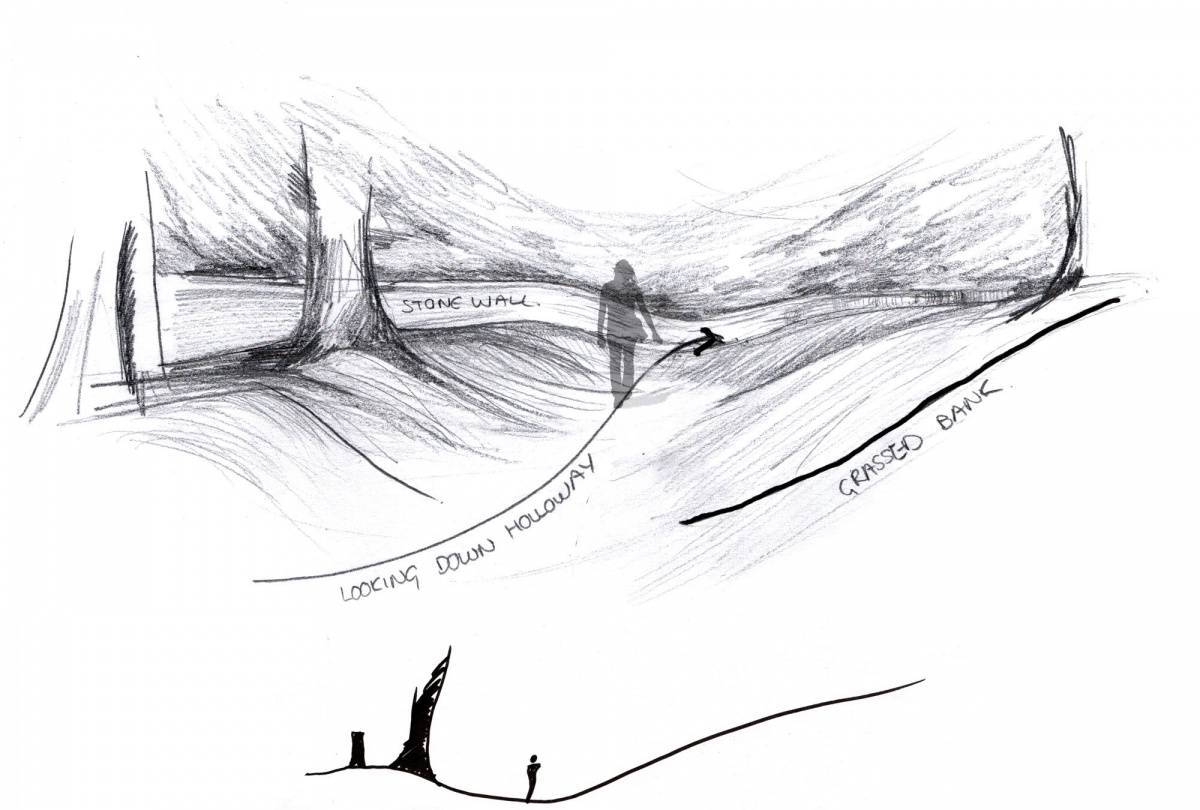Introduction
This is our largest and arguably our most sensitive project to date. It is a wonderful but fragile palimpsest landscape which requires protection and enhancement to cope with the predicted increase of visitor numbers.
Unfortunately as a result of Covid most of the project has been delayed. However Old Lodge and the Parkland Routes are scheduled for construction this summer.
Landscape Context
Dyrham Park is north of Bath and straddles 3 National Landscape Character Areas. To the east of the site is the Marshfield Plateau, the Cotswold Scarp runs through the middle and Pucklechurch Ridge and Boyd Valley are to the west. The Park looks west towards Bristol and the Severn Estuary.
The site has a wide diversity of landscape which we took time to carefully map, understand and analyse in detail before bringing forward any design proposals.



Historic Context
We worked closely with Sian Jones on this Grade II* registered landscape throughout the design process. All of the historic information was collated and the Parkland Management Plan carefully analysed.

Guiding Historic Landscape Principles
Once all of the historic information had been gathered, Sian set about categorising it and developed a set of guiding historic principals. Below is an extract from the Access and Routes guiding principals:
- Retain use of the principal entrance to the estate for visitors, as an important aspect of the visitor experience and the most apt way to appreciate the significance of the historic parkland and engage with the spirit of place upon arrival. Recognise the principal intention of the landscape design as a progression from a point of entry, along a tree-lined avenue within open parkland towards the house.
- Aim to base the location of routes on historic precedent, to enhance legibility of the historic landscape.
- Proposed routes to provide access which withstands the impact of visitors and which protects the historic design and significance, archaeology and wildlife (including deer) of the Park.
- Ensure routes protect the park but are unobtrusive and have low visual impact in long views across the parkland.
- Construct routes to avoid archaeological impact - routes to be minimum dig, ideally no dig.
- Protect root zones of significant and veteran trees by directing traffic outside root protection zones.
- Mow informal paths to guide visitors away from significant and veteran trees and lowland calcareous grassland, and to allow controlled access to the meadow area.
- Create new foci and destinations for access and interpretation, developing a series of narrative journeys across the Estate.

Responses to Site
Whilst working on the historical context we also carried out our responses to site. This is a vital part of the design process for us as it ensures that our proposals are anchored in the genius loci of the place.







Design Proposals
Due to Covid we are currently only progressing Old Lodge and the Parkland Routes, which will be completed by the end of 2021. We are currently organising sample panels and trial areas for the prototype hard and soft paths.












